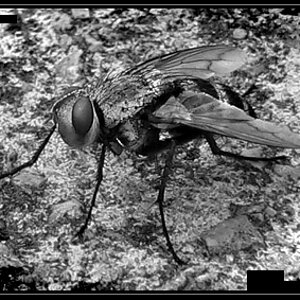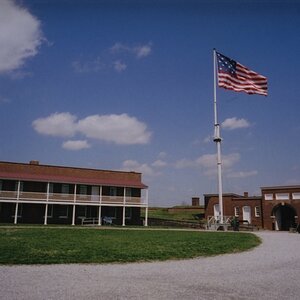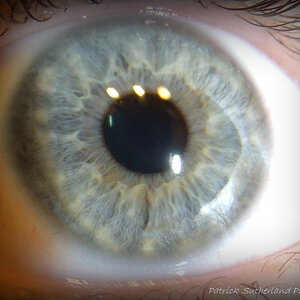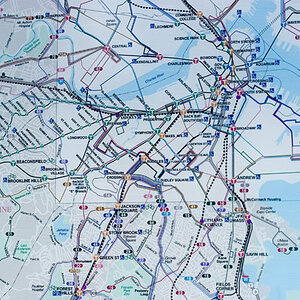ALEKSANDR RODCHENKO (1891-1956)Rodchenko took up photography in 1924 at the age of thirty-three. He already had a lifetime of experience in art, most of it in Moscow’s avant-garde. In 1924 he was head of the metal and wood-working unit in VKhUTEMAS (Higher State Artistic and Technical Workshops) which had been set up in 1920 to train artists to work for the benefit of the national economy. VIChUTEMAS didn’t prosper, because most of the students wanted to do easel painting. Rodchenko, who taught construction, was an inspiring teacher, and even looked inspiring in appearance ‘like a combination of pilot and motorist’. The same student remembered him as ‘a new type of man, a special one’. He dressed the part, and probably had to for he was a close associate of the poet Vladimir Maiakovskii, an extra-special one known for his flamboyance. Together, and assisted by students from VIChUTEMAS, they worked on adverts and posters for the streets of Moscow: for example, “all smokers everywhere prefer “Red Star”. As a book illustrator, Rodchenko also experimented with photomontage and it was this practice which led him to photography.
Rodchenko was a polemicist in the early 1920s. There was a lot at issue in the USSR. The times were changing more rapidly than ever before and you could make extravagant statements, and believe in them. Rodchenko foresaw the end of painting and the opening of a new world in which art was everywhere. Hence his interest in advertising, which gave him a chance to demonstrate his ideas about what would later be called basic design. Art had to involve itself with the people and Rodchenko thought that they could be stimulated by simplified arrangements which could break with the routines of everyday life. Exposed to this challenging and playful Constructivism, people would come to their wits and emerge from the centuries of serfdom. In Lenin’s era, which came to an end in 1924, this sort of utopian thinking was still possible-- but it became more questionable as the decade unfolded.
Photographers in the USSR during the 1920s might have imagined themselves to be in touch with history, yet they lived somewhat within their own world. They were necessary to the government, for they could present the new nation abroad. In 1925, for example, Rodchenko produced a “Workers’ Club” for the International Decorative Arts exhibition in Paris. Maiakovskii was on the organizing committee. Foreign illustrated weeklies, German in particular, also needed articles on life in USSR. In literary and critical magazines, such as LEF and Novyi LEF, edited by Maiakovskii and Osip Brik--another of Rodchenko’s friends, photography was debated, and criticism levelled and disregarded. The choice was mainly between old-fashioned reportage, taken ‘from the navel’, and pictures taken from strange angles, meant to show the everyday in new light. Photographers also collected pictures for use in photomontages, which became popular in the illustrated press from around 1924. By 1928 though, Rodchenko was beginning to speak up for photography of ‘socialist facts’ gathered from workplaces.
In December 1927 the Fifteenth Convention of the All-Union Communist Party opened a new era in the USSR. Opponents of the Central Committee, especially Trotsky, were exiled and a five-year plan was decided on. Previously there had been hopes of a communist triumph worldwide, but in 1927 it was decided to concentrate on internal revolution. This meant top-down industrialization. Plans were made for new factories and quotas set. An agrarian economy was to be industrialized-- and it was. Farms were collectivized, often quite violently, and agricultural production plummeted. Photographers in their parallel community had to keep track of these catastrophic events. From 1928 onwards many of them belonged to the newly founded October Association. They were up against a new threat, the Association of Artists in the Revolution, which specialized in naturalistic paintings made on site-- and rather to the taste of the Politburo. In an October manifesto of 1931, probably written by Rodchenko, the naturalistic painters were denounced as well as the taste for ‘flag waving patriotism in the form of spewing smoke-stacks and identical workers with hammers and sickles.
How to Read A Photograph by Ian Jeffrey
Featuring: Aleksandr Rodchenko, Soviet Photographer
Rodchenko was a polemicist in the early 1920s. There was a lot at issue in the USSR. The times were changing more rapidly than ever before and you could make extravagant statements, and believe in them. Rodchenko foresaw the end of painting and the opening of a new world in which art was everywhere. Hence his interest in advertising, which gave him a chance to demonstrate his ideas about what would later be called basic design. Art had to involve itself with the people and Rodchenko thought that they could be stimulated by simplified arrangements which could break with the routines of everyday life. Exposed to this challenging and playful Constructivism, people would come to their wits and emerge from the centuries of serfdom. In Lenin’s era, which came to an end in 1924, this sort of utopian thinking was still possible-- but it became more questionable as the decade unfolded.
Photographers in the USSR during the 1920s might have imagined themselves to be in touch with history, yet they lived somewhat within their own world. They were necessary to the government, for they could present the new nation abroad. In 1925, for example, Rodchenko produced a “Workers’ Club” for the International Decorative Arts exhibition in Paris. Maiakovskii was on the organizing committee. Foreign illustrated weeklies, German in particular, also needed articles on life in USSR. In literary and critical magazines, such as LEF and Novyi LEF, edited by Maiakovskii and Osip Brik--another of Rodchenko’s friends, photography was debated, and criticism levelled and disregarded. The choice was mainly between old-fashioned reportage, taken ‘from the navel’, and pictures taken from strange angles, meant to show the everyday in new light. Photographers also collected pictures for use in photomontages, which became popular in the illustrated press from around 1924. By 1928 though, Rodchenko was beginning to speak up for photography of ‘socialist facts’ gathered from workplaces.
In December 1927 the Fifteenth Convention of the All-Union Communist Party opened a new era in the USSR. Opponents of the Central Committee, especially Trotsky, were exiled and a five-year plan was decided on. Previously there had been hopes of a communist triumph worldwide, but in 1927 it was decided to concentrate on internal revolution. This meant top-down industrialization. Plans were made for new factories and quotas set. An agrarian economy was to be industrialized-- and it was. Farms were collectivized, often quite violently, and agricultural production plummeted. Photographers in their parallel community had to keep track of these catastrophic events. From 1928 onwards many of them belonged to the newly founded October Association. They were up against a new threat, the Association of Artists in the Revolution, which specialized in naturalistic paintings made on site-- and rather to the taste of the Politburo. In an October manifesto of 1931, probably written by Rodchenko, the naturalistic painters were denounced as well as the taste for ‘flag waving patriotism in the form of spewing smoke-stacks and identical workers with hammers and sickles.
How to Read A Photograph by Ian Jeffrey
Featuring: Aleksandr Rodchenko, Soviet Photographer
Last edited:


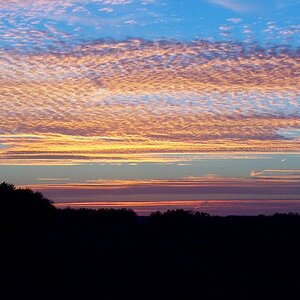
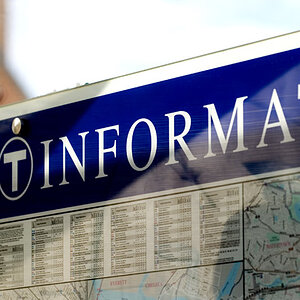
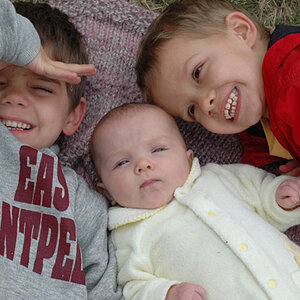
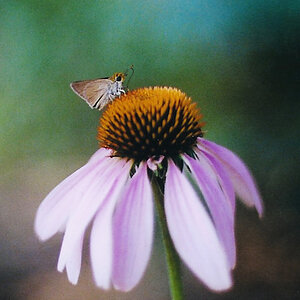
![[No title]](/data/xfmg/thumbnail/37/37522-f67b10bc5ee534f9bc21ee94917445b9.jpg?1619738129)
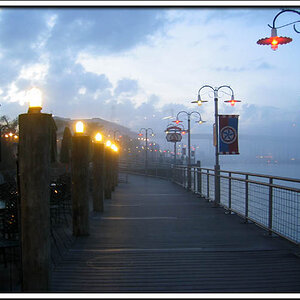
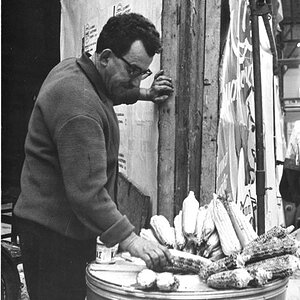
![[No title]](/data/xfmg/thumbnail/37/37524-6c51828efbc2361f9cfed53f63f28aa2.jpg?1619738130)
